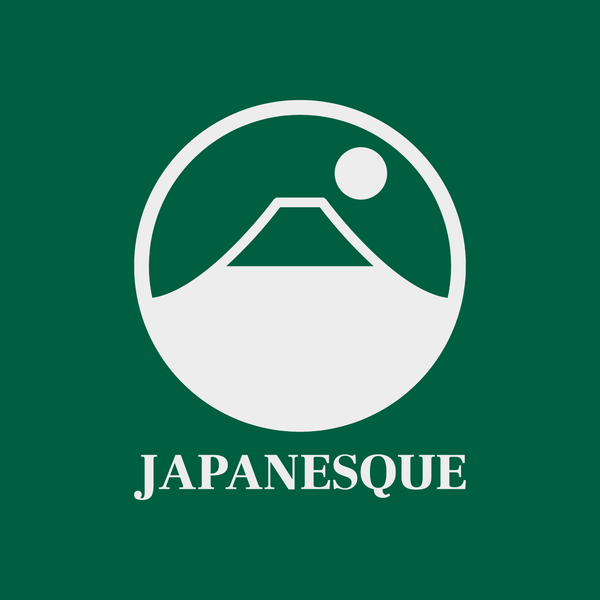4 Modern Kutaniyaki -Learning from the past while looking to the future-
4 Modern Kutaniyaki
-Learning from the past while looking to the future-
Nagata, Komatsu
"Aochibu"
This technique of decoration, developed in the Taisho period, is called Aochibu.
Ceramic painter Yoshinobu Saeki
50 years working with Kutaniyaki.
A special brush called an "Icchin" is first dipped in water, the water is blown out, and the brush is then used to apply dots of blue dye to the porcelain.
"For blue paint, the end result looks a lot prettier when it's applied evenly."
Nakanoe, Nomi
Much like Aochibu, the technique of Hanazume was also developed during the Taisho period, and it continues to be carried on today, while also being adapted to incorporate more modern styles.
"Hanazume"
A style in which flowers representing the four seasons are painted on to cover the pot completely, resulting in a gorgeous and colorful design.
Ceramic painter Azusa Seki
“Generally floral designs tend to be of Japanese flowers. But it would be interesting to draw Western flowers instead.”
Mrs. Seki learned all about porcelain painting from her father, Toshito Nakamura.
works by Toshito Nakamura
Sash bands
This is a monument of Dōkai Saida.(斎田道開)
Collection of Nomi Kutani Ceramics Museum
Works by Dōkai Saida
After studying the basics of ceramics at the Wakasugi kiln, Dōkai continued his training in Kyoto and Imari. He eventually returned home to open his own kiln, the Sano kiln, which would become the cornerstone of Kutaniyaki in the Nomi region, where it continues to thrive to this day.
Toso Shrine, where Dōkai Saida is enshrined.
The Chawan festival (tea bowl festival) has been held every year since 1908.
Sano Akae painter Buzan Fukushima
Near Tōso shrine, where Dōkai himself is enshrined, is the studio of Buzan Fukushima, who carries on the tradition of Sano Akae style red ceramics art.
“I personally think that since there aren't very many works by Dakai Saida himself, it's likely that he hired experts in clay throwing and porcelain painting, dividing the labor and instead acting as a producer. My pseudonym "Buzan" takes the character meaning "mountain" from Hakusan. I strongly feel that it is by the grace of the mountain that I am able to do my work. For example, the sights and sounds of flowing water and blowing wind, the cries of birds and the changing colors of the leaves on the mountain all enter my mind, leaving an impression on me that manifests in my work even without my realizing it.”
"Japanese flowering dogwood" historically used as a material to make glaze.
“My colleague Kihara, a clay throwing expert who works in the same town as me, also uses Hanasaka porcelain stone that is gathered from deposits on Hakusan.”
Yoshitake, Komatsu
Ceramic Painter Yumiko Miyayoshi
“My family owns a kiln. so it was a natural decision for me to go into glazing Kutaniyaki.
I've always liked porcelain in such an environment. If I had more money, I'd probably be a collecter myself.”
She started making Kutaniyaki at 35 while raising her children.
“I use glaze with silver in it, so if there's even a slight crack in the silver the entire dish can be ruined. I've never received formal training, so there's still a lot! don't know.”
A design based on decorative jeweled necklaces, adorning Buddhist statues. She used to refer to her daughter's drawing before.
Izumidai, Nomi
Ceramic painter Terutada Miura
“If the foundation is solid it's easier to get invested in the act of painting. I think people naturally get an idea of how heavy something is just by looking at it. For me, if the actual weight of something I pick up is different from the weight I imagine it to be by looking at it, I have a hard time getting in the mood to paint it. That's why I always ask the turner who make my casts to make sure they're perfect.”
Matsugaoka, Nomi
Ceramic Painter /Turner Ayako Minami
A work by her father, Shigemasa Minami
“There are a lot of different ways of drawing out the color in Japanese paints, but the colors my father makes tend to be clear and gentle yet brightly colored. I felt that way even when I started studying porcelain when I was 18 years old.”
These designs evoke the imagery of the bright colors of plants, standing out in the snow. She calls them "Yukifusuma", or "blanket of snow".
“To contrast with the cold, bluish white, I use this warm, opaque white made with an emulsion. I try to showcase the difference in the qualities of these two contrasting whites. Of course, if that's all there is to see, it's difficult for people to feel close to the art, so I try to use various motifs like seasonal flowers as a tool to eliminate the feeling of distance between the viewer and the art.”
Suematsu, Nonoichi
Ceramic painter. Turner Yasushi Yamachika
“Recently I've been thinking about what it was that made such an impression on me as to inspire me to start making Kutaniyaki. Even now, I'm working exclusively on making new colors, the ultimate goal of that being to show people my colors. I always think about how to use color within the shape of each piece and how to incorporate the 5 colors of Kutaniyaki.
In the story of the race between the 12 animals of the Chinese Zodiac, it's said that the mouse jumped from the head of the cow to come in first place. In this drawing. I drew the animals to really look like they were racing. When I draw animals, I'm not really aiming for realism. I take the image of the animal I have in my head and try to reproduce that.”
